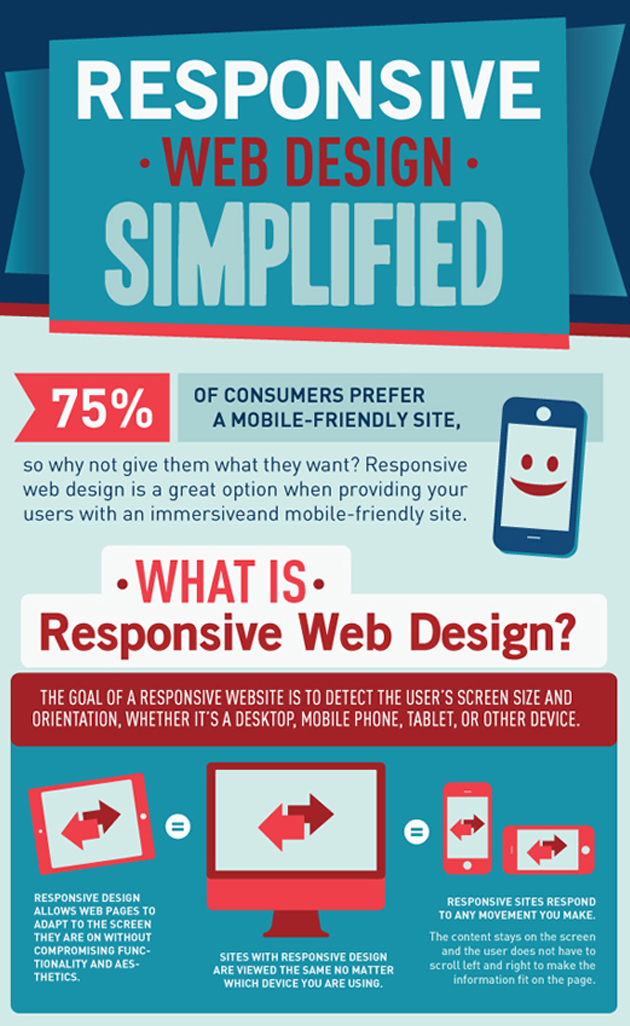The Growth Of Internet Site Design: From Earlier Times To Currently
The Growth Of Internet Site Design: From Earlier Times To Currently
Blog Article
Produced By-Kinney Bojesen
In the past, internet sites were straightforward and concentrated on information. Navigation was direct, and layout was for desktops. Now, customer experience is crucial. Data overviews designs for very easy navigating. Responsive formats fit various tools. Today, dark mode lowers strain, and minimal food selections boost navigation. Interactive functions engage individuals, and strong visuals attract attention. AI assimilation enhances interaction. See exactly how Learn Even more has actually developed to enhance your on the internet trip.
Early Days of Web Design
In the early days of website design, simpleness reigned supreme. Sites were basic, with limited colors, typefaces, and layouts. The emphasis was on offering information rather than fancy visuals. Customers accessed the web with sluggish dial-up links, so speed and capability were vital.
Navigating menus were straightforward, normally located at the top or side of the page. Internet sites were made for desktop computers, as mobile surfing had not been yet widespread. Material was king, and developers focused on easy readability over complicated style aspects.
HTML was the main coding language utilized, and designers had to work within its constraints. Animations and interactive features were very little compared to today's standards. Web sites were static, with little vibrant material or personalized user experiences.
Increase of User-Focused Style
With the evolution of website design, a change in the direction of user-focused design principles has actually come to be significantly popular. Today, developing internet sites that prioritize user experience is critical for involving visitors and achieving organization goals. User-focused layout involves understanding the needs, choices, and behaviors of your target market to tailor the site's design, content, and features as necessary.
Developers currently conduct extensive study, such as customer studies and functionality testing, to collect insights and feedback directly from users. This data-driven strategy assists in producing user-friendly navigating, clear calls-to-action, and visually enticing interfaces that resonate with visitors. By putting the customer at the facility of the design procedure, internet sites can deliver a more individualized and satisfying experience.
Responsive layout has actually also emerged as a crucial element of user-focused style, making sure that web sites are maximized for different devices and display sizes. This flexibility boosts availability and use, catering to the varied means customers communicate with websites today. Fundamentally, the increase of user-focused layout symbolizes a change towards creating digital experiences that focus on the needs and expectations of the end individual.
Modern Trends in Web Design
Discover the most up to date trends forming web design today. One famous pattern is dark mode design, providing a smooth and modern appearance while reducing eye pressure in low-light environments. One more essential pattern is minimalist navigating, streamlining food selections and boosting user experience by focusing on essential elements. Incorporating micro-interactions, such as computer animated switches or scrolling effects, can produce an extra interesting and interactive web site. Responsive style remains critical, ensuring smooth customer experiences across different gadgets. In addition, utilizing strong typography and unbalanced designs can include visual interest and draw attention to particular web content.
Integrating AI technology, like chatbots for client assistance or individualized recommendations, enhances customer interaction and streamlines procedures. Availability has also end up being a considerable pattern, with developers prioritizing comprehensive design techniques to accommodate varied individual demands. Embracing sustainability by maximizing site performance for rate and effectiveness is an additional emerging pattern in website design. Teaming up with individual feedback and information analytics to repeat and boost style continually is crucial for staying relevant in the ever-evolving electronic landscape. By embracing these modern patterns, you can develop a visually attractive, straightforward web site that reverberates with your target market.
Conclusion
As you reflect on the evolution of website design from the early days to currently, you can see exactly how user-focused style has become the driving pressure behind modern fads.
Accept the journey of adjustment and adaptation in website design, constantly maintaining the customer experience at the forefront.
Remain present with the most recent fads and technologies, and never stop developing your strategy to produce aesthetically spectacular and user-friendly internet sites.
Develop, adapt, and develop - the future of website design is in your hands.
